Major Power Relations
Your Present Location: PROGRAMS> Major Power Relations-

Wang Wen: Too Early To Talk About China-U.S. P2 Trade Agreement
China and the US signed the phase one (P1) trade agreement on Jan. 15, 2020. Additionally, in a recent interview, US Vice President Mike Pence said that negotiations for the phase two (P2) trade agreement are already under way. But in my opinion, the top priority now for the two powers is deciding how to ensure the implementation of the phase one trade agreement.
2020-02-17 -
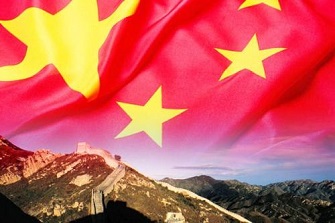
Wang Wen: China and its Long March: End in Sight? Not Yet
China has entered a new era of development. China now has an impact on the world that is ever more comprehensive, profound, and long-lasting, and the world is paying ever greater attention to China. What path did China take? Where is China going? What are China’s goals in shaping the world? How will China interact with the rest of the world? You can find the answer in the book “The Long March of Becoming a Powerful Country”.
2020-02-17 -
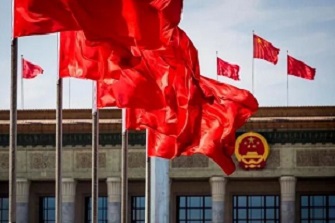
Ding Gang: Foreign perceptions won't influence China
What the outside world sees from the epidemic is not static but dynamic. The situation in China is undergoing rapid changes. It is these changes that will eventually break preconceived views and give the world a more comprehensive understanding of China. Today's China is still in its developing phase and one of the main challenges in the future will be how it tackles its domestic problems. China's development is not determined by how the outside world sees China, but how China remains firm on its chosen path. In this process, it is of vital importance that China's governance system should advance with the times and have a strong ability to self-correct.
2020-02-14 -
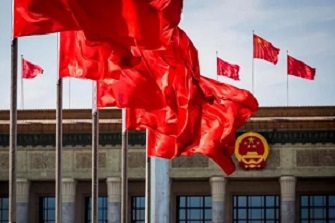
Ding Gang: Foreign perceptions won't influence China
What the outside world sees from the epidemic is not static but dynamic. The situation in China is undergoing rapid changes. It is these changes that will eventually break preconceived views and give the world a more comprehensive understanding of China. Today's China is still in its developing phase and one of the main challenges in the future will be how it tackles its domestic problems. China's development is not determined by how the outside world sees China, but how China remains firm on its chosen path. In this process, it is of vital importance that China's governance system should advance with the times and have a strong ability to self-correct.
2020-02-14 -
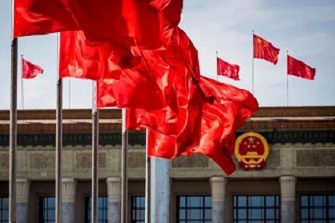
Ding Gang: Foreign perceptions won't influence China
What the outside world sees from the epidemic is not static but dynamic. The situation in China is undergoing rapid changes. It is these changes that will eventually break preconceived views and give the world a more comprehensive understanding of China. Today's China is still in its developing phase and one of the main challenges in the future will be how it tackles its domestic problems. China's development is not determined by how the outside world sees China, but how China remains firm on its chosen path. In this process, it is of vital importance that China's governance system should advance with the times and have a strong ability to self-correct.
2020-02-14 -
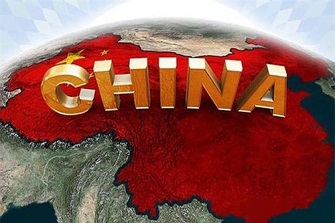
Willism Jones: There's no doubt China will bounce back from epidemic's impact
There has been a great outpouring of sympathy for China throughout the world in the wake of the sudden outbreak of the novel coronavirus pneumonia. But, at the same time, those forces in the West who have been adamantly opposed to the admission of China into the pantheon of world powers, have seen this catastrophe as an opportunity to throw new obstacles in the path of China's rise.
2020-02-13 -
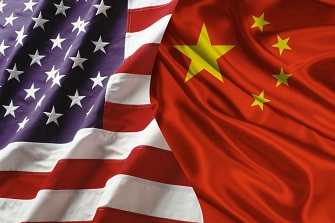
Zhao Minghao: Washington pressure tactics on Beijing are sure to boomerang
Chinese President Xi Jinping on Friday spoke on the phone with US President Donald Trump, sending the world a positive signal about the bilateral ties between China and the US. Trump expressed his confidence in China's economic growth, and said the US fully supports China's efforts to control the novel coronavirus pneumonia (NCP). The two leaders also reaffirmed their commitment to implementing the phase one trade deal reached between the two countries in January.
2020-02-12 -
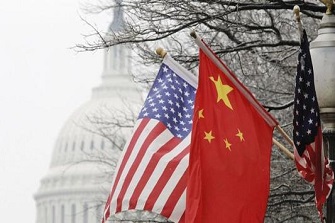
William Jones: Pompeo takes his China-bashing to the National Governors Association
The U.S. Secretary of State deals primarily with issues of foreign policy, requiring a great deal of international travel, but Mike Pompeo is also spending quite a lot of time at home, with the particular goal of warning Americans about the "China threat." Pompeo's campaigning perhaps has other aims as well as he is no doubt considering his options post-Trump administration with his own ambitions at higher office.
2020-02-11 -
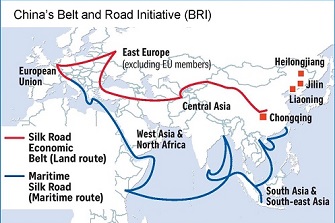
Ding Gang: Why isn’t the BRI a strategy of China?
Western strategists have intentionally or unintentionally ignored the fact that China has not called the "Belt and Road" a strategy, but an initiative. One of the reasons is that the Belt and Road Initiative (BRI) is not China-centric, nor to create an alliance. BRI is a cooperative initiative targeted at development. It aims to build a platform to achieve joint development with other countries. China does not engage in building a closed circle excluding other countries.
2020-02-05 -

William Johns: The psy-war attitude towards China during the coronavirus crisis must cease
The outbreak of the coronavirus in Wuhan caught everyone by surprise. At the beginning of the Spring Festival holiday travel, the danger of a rapid spread was particularly dangerous. At the point it was discovered, the reaction of the government was swift and comprehensive, both with regard to prevention as well as detection. The Chinese government is following the development of the disease closely from the get-go and have taken extraordinary measures at the national level to deal with the crisis. All Spring Festival celebrations were canceled for the sake of people's health.
2020-02-05 -
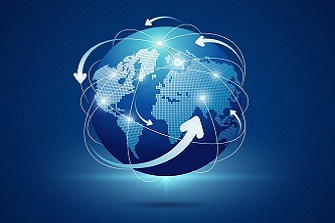
Danilo Türk: Int'l cooperation against coronavirus is urgently needed
Now is a good time to remind the world leaders of the half-finished debates of the past two decades and of the need to strengthen the international cooperation for an adequate protection against the global spreading of infectious diseases.Peace is more than a mere absence of a global war. Peace requires much more and protection of lives against epidemics must be a priority. This is not a time for futile criticism of globalization, but rather a time for strengthened multilateral cooperation, which alone can secure a peaceful and a more prosperous world.
2020-02-05 -
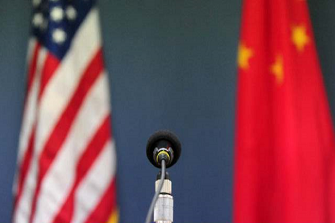
Zhang Jingwei: China held its own in phase one trade deal?
A piece of good news has finally arrived as we usher in a new decade.On 15 January 2020 (EST), China and the US signed the Economic and Trade Agreement between the United States of America and the People’s Republic of China at Washington. This agreement is also widely known to observers and commentators as the “phase one” trade agreement between the two powers.
2020-01-21 -
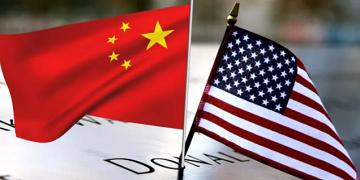
Zhao Minghao: U.S. continues to intensify tensions with China over technology
China and the United States have just signed the phase one trade agreement, a development widely applauded by the international community. The Managing Director of the International Monetary Fund, Kristalina Georgieva, said the agreement will reduce the uncertainty that has dampened global economic growth. The American business community also commented positively on the agreement, largely because they have paid a hefty price for the "trade war."
2020-01-21 -
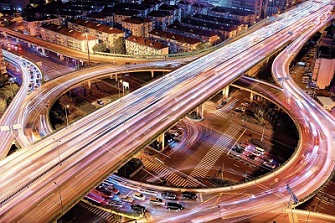
Wang Wen: How can the US sell more goods to China?
Can China digest such a huge increase in imports from the US? I think the country has the potential, but it might be stuffed in the short term. It's like people who have a good appetite, but one might choke up if eating too fast. The key issue is, when such a situation occurs, it might impact the original process of structural adjustment in China's growth in social consumption. There will be fierce competition in Chinese markets among US products, other foreign merchandise and Chinese goods.
2020-01-21 -
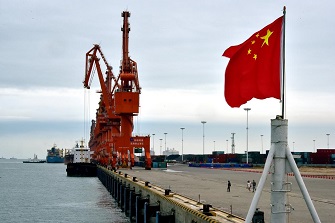
He Weiwen: Washington Misinterprets China’s System
Over the past two years, Washington has unilaterally and repeatedly imposed tariffs and otherwise pressured China based on a fundamental accusation — that China practices “state capitalism,” or statism.” The 2016 report to Congress by the U.S.-China Economic and Security Review Commission said that China had been pursuing a series of industrial policies to help its domestic companies gain an unfair advantage over their foreign competitors in the overseas market.
2020-01-20 -
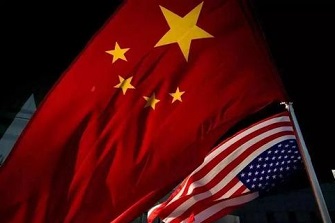
William Jones: Phase one agreement could be a phase change in Sino-U.S. relations
On January 15, U.S. President Donald Trump and Chinese Vice Premier Liu He signed the phase one agreement on trade to great fanfare. While there is still much concern that the phase one agreement is insufficient in the long run to resolve the overall trade dispute and that many of the contentious issues will have to be resolved in the negotiations for a phase two, or even a phase three negotiation, the tensions have receded. The signing of the agreement also allowed Trump to wax eloquent about his personal relationship to Chinese President Xi Jinping, whom he congratulated on achieving this agreement.
2020-01-19 -

He Weiwen: Trade War Truce, But for How Long?
January 15, 2020 will be recorded in history as marking a hard-won truce in the 22-month trade war between the world’s two largest economies. The signing of the phase one agreement indicates a temporary detente, providing a relatively stable and predictable environment for the coming months — hopefully even longer.
2020-01-19 -
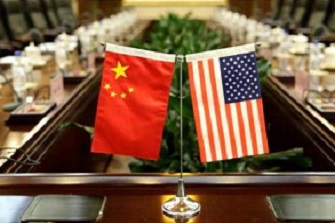
He Weiwen: What does phase one trade deal mean for China's financial market?
China and the U.S. signed the phase one trade agreement on January 15, 2020, after their on-and-off negotiations and tariff escalations that lasted for nearly two years. The phase one agreement is a hard-won achievement, indicating a temporary detente in the bilateral trade relations, providing a relatively stable and predictable environment for coming months. It also suggests a pathway for managing the two sides' differences in the future.
2020-01-17 -

Text of phase one deal balanced, fair
After nearly two years of fighting, Chinese Vice Premier Liu He and US President Donald Trump signed the phase one trade agreement in a lengthy grand signing ceremony at the White House on Wednesday (US time).The phase one trade agreement between China and the US reflected what Chinese officials have long stressed - that any deal must be balanced and fair and include initiatives that, if properly executed, could help address disputes and avoid further confrontation, Chinese analysts said on Thursday.
2020-01-17 -
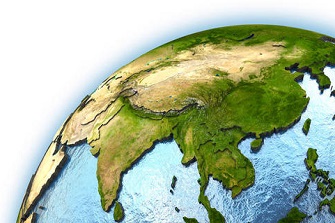
Ding Gang: Will India miss chance offered by Myanmar?
As China and Myanmar deepen relations, many Westerners believe that India's strategic room in the Indian Ocean region would be squeezed. New Delhi has a similar standpoint, thinking it should strengthen cooperation with countries in the vicinity so as to neutralize the increasing strategic presence of China in the region. Such viewpoint has influenced India's participation in the China-proposed Belt and Road Initiative (BRI), and it has actually put the two neighbors in opposite positions in a zero-sum game.
2020-01-16























































































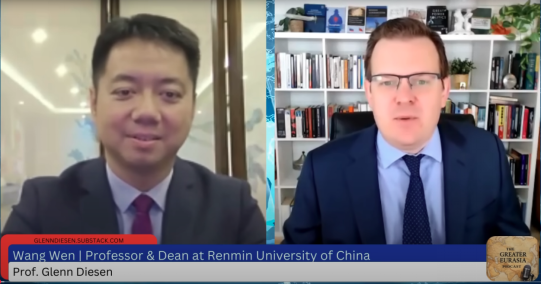
 京公网安备 11010802037854号
京公网安备 11010802037854号





